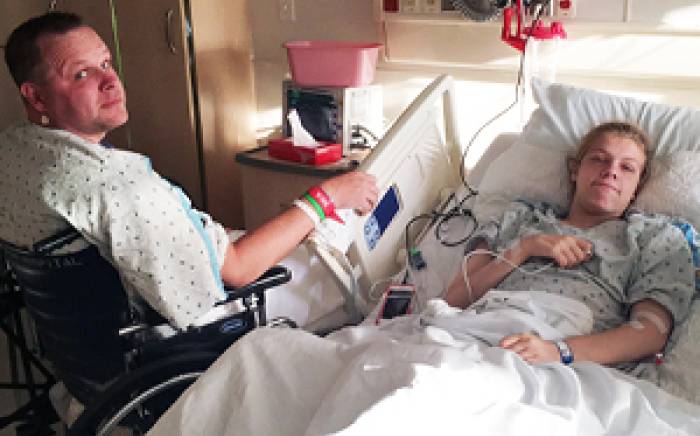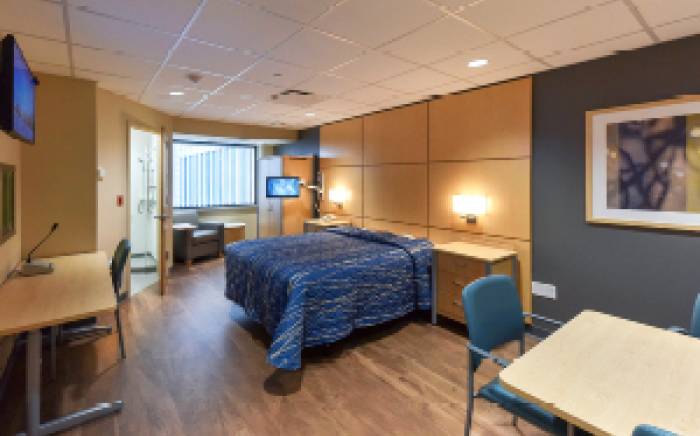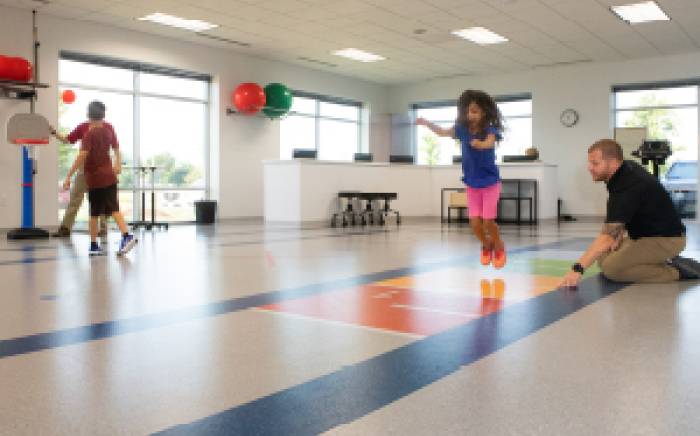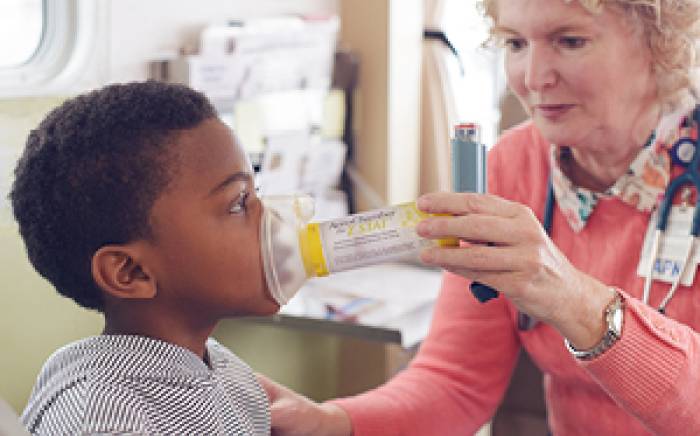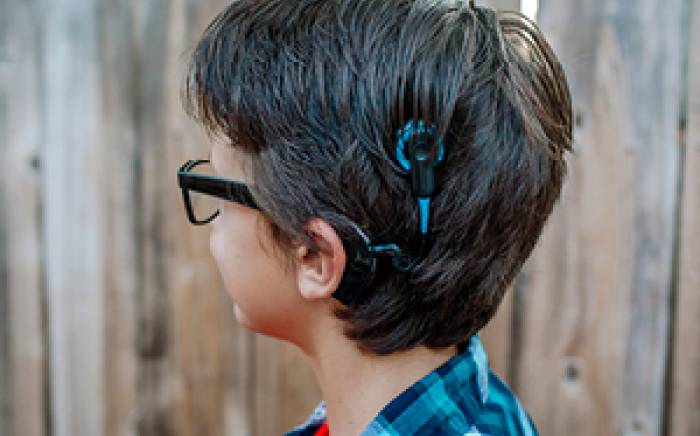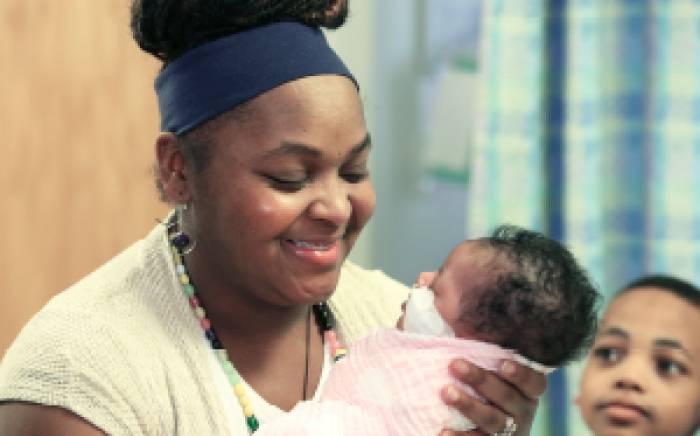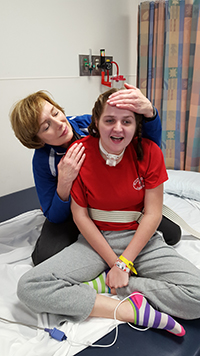 On the morning of Nov. 2, 2015, Corin McDuffee, then 17, was having trouble breathing. Corin had been diagnosed with asthma at around age 2, and at times it was severe enough that she needed to go to her doctor’s office or a hospital emergency room to receive a breathing treatment and get a steroid shot. This was one of those times— even after using her preventative inhaler and undergoing two nebulizer treatments, Corin still couldn’t catch her breath.
On the morning of Nov. 2, 2015, Corin McDuffee, then 17, was having trouble breathing. Corin had been diagnosed with asthma at around age 2, and at times it was severe enough that she needed to go to her doctor’s office or a hospital emergency room to receive a breathing treatment and get a steroid shot. This was one of those times— even after using her preventative inhaler and undergoing two nebulizer treatments, Corin still couldn’t catch her breath.
Her mom, Stacie, decided Corin needed to go to the ER; Corin’s brother, Zacharie—who also has asthma—volunteered to take her. Although a worrisome occurrence, it was something the family had experienced many times in the past.
From the hospital, Corin texted her mom that she had received a breathing treatment, was feeling a bit better and was about to receive a steroid shot. Then Stacie received the call from her son. He said Corin looked like she was turning blue; Stacie told him to get a doctor. Five minutes later, another call from Zacharie, who told his mom to get to the hospital. Corin was having a seizure, the doctors and nurses had made him leave the room, and they were performing CPR on his sister.
This was the beginning of a medical journey that would take Corin from a community hospital near her hometown of Virden, Ill., to another hospital in Springfield, Ill., and finally to St. Louis Children’s Hospital (SLCH) and a neurorehabilitation team that helped her learn to be herself again.
AN ALLERGIC REACTION
Corin needed CPR because she had suffered a cardiopulmonary arrest caused by an allergic reaction to the steroid, Solu-Medrol. “This was not the first time Corin had been given this medication, so no one knew she had developed an allergy to it,” says Stacie.
Michael Noetzel, MD, Washington University physician and director of clinical activities for pediatric neurology at SLCH, explains the severity of Corin’s allergic reaction: “Corin lapsed into pulseless electrical activity, meaning her heart went into standstill. This caused a hypoxic-ischemic brain injury—very little blood was going to her brain, and the small amount that did contained very little oxygen.”
The ER staff succeeded in stabilizing Corin, but it was apparent she had sustained severe brain damage. She was airlifted to a larger hospital in Springfield, Ill., where she remained for two weeks. During that time, she underwent a tracheotomy and feeding tube placement — both procedures presented to Stacie as options rather than necessary actions.
“I knew their goal was to make Corin comfortable, that they didn’t think she would come back to us,” says Stacie. “I don’t blame them at all—no one knew what to do for her. But I told them I wanted every option available provided to Corin. And that’s when we moved her to Children’s Hospital.”
10 DAYS IN THE PICU
Upon admission to the SLCH pediatric intensive care unit on Monday, Nov. 16, Corin was placed on video electroencephalogram (EEG) monitoring. “We needed to know if Corin was actively seizing; fortunately, she wasn’t,” says Dr. Noetzel. “However, the EEG showed a very disorganized brain, very slow. There was electrical brain activity but in terms of her examination, there wasn’t a lot she was capable of doing. Initially, that was in part due to the need to keep her sedated.”
The heavy sedation was necessary because Corin had begun experiencing paroxysmal sympathetic hyperactivity, commonly referred to as “brain storming.”
“Brain storming occurs when damage to the thalamus results in symptoms such as rapid heart rate and breathing, increased blood pressure, posturing, sweating and fever. These are dramatic episodes and frightening, especially to family members,” says Dr. Noetzel. “Ventilated patients need to remain calm so that the device can effectively push air in and out of the lungs. This is challenging in patients experiencing brain storms. Corin was placed on heavy sedation in an attempt to stop the brain storming episodes, with limited success.”
By Friday, Nov. 20, Corin was seriously ill with a fever of 105°, a collapsed lung, an infection from her tracheostomy, and more- frequent brain storming. Stacie describes herself as “a basket case.”
“The critical care doctors had suggested giving Corin the sedative Ativan to help ease her brain storming. In the past, Corin had developed hives after taking Ativan, so I was not comfortable with her taking another medication that may cause an allergic reaction,” says Stacie. “But one of the critical care physicians took me by the shoulders and told me the PICU was the perfect place to try giving Corin the Ativan and that they would give it to her a little at a time so they could monitor her reaction. I said yes because I was desperate for the brain storming to stop.”
And it did. The Ativan kept Corin properly sedated and the brain storming stopped. Within a few days she began opening her eyes and moving her head a bit. When Stacie rubbed her cheek, Corin would try to smile. The physicians thought it might just be an automatic reaction. But Stacie knew—her daughter was coming back to her.
A DIFFICULT ROAD BACK
On Nov. 26, Thanksgiving Day, Corin was transferred out of the PICU to the care of SLCH’s neurorehabilitation team, accredited by the Commission on Accreditation of Rehabilitation Facilities (CARF). As her medications were reduced, the question became just how far back Corin could come.
“Corin had decerebrate posturing, which is indicative of severe brain damage. Her arms were stiff with fisted hands, and her legs were stiff with toes down going,” says Toni Goelz, PT. “We immediately began stretching her arms and legs and then, as she began waking up more, we got her up in a chair to begin subjecting her to gravity. It took total assistance to get her out of the bed because she was so stiff and just couldn’t weight bear.”
Corin’s disability was evidenced by her initial Pediatric Functional Independence Measure (WeeFIM) score. WeeFIM measures functional performance in three overall domains—self-care, mobility and cognition—that encompass 18 functional abilities such as eating, dressing, transferring, comprehension and memory. Scores range from 1, total assistance, to 7, complete independence. Corin’s initial score was 18 out of a potential 126.
But from the time Corin could be moved to the rehab gym, she underwent intense treatments from physical therapy, occupational therapy, speech therapy, music therapy, child life services and the hospital’s classroom teacher. She had morning and afternoon sessions with each discipline Monday through Saturday and once on Sunday—in total, 13 sessions a week.
“We provide an intensive therapy program that gives patients like Corin the best possible opportunity to recover as fully as possible from severe brain injuries,” says Dr. Noetzel. “We have a dedicated group of therapists with an in-depth understanding and expertise working with pediatric patients like Corin.”
That expertise, Corin’s determination and her family’s support resulted in a recovery that, to some, borders on miraculous. Corin began making eye contact, smiling—and crying—all evidence of receptive skills. Her decerebrate posturing began to decrease, and on Dec. 20, with braces on her feet to support her ankles, she walked while Goelz held her gait belt and her hand. By Dec. 31 she was communicating verbally in short sentences and phrases, and the therapists discovered she had a good memory for events that preceded her illness. In the therapists’ weekly meeting with Dr. Noetzel, they estimated Corin could go home and continue therapy locally by Feb. 11; ultimately, she went home on Jan. 28.
“By that time she could do things like roll, get herself to and from a sitting position, come to standing from the floor with just a little help, go up steps alternating feet, and ambulate with only standby assistance,” says Goelz. “Her WeeFIM score was up to 80 out of 126.”
Adds Dr. Noetzel, “An MRI in January showed improvement to the degree that all the signal abnormalities seen previously were near to being totally resolved. By the time I saw her in March, her WeeFIM score was 111.”
With continued rehab in her hometown, Corin caught up on her class work and on May 28 walked across the stage to receive her high school diploma.
Stacie says for now Corin is taking a year off to concentrate on her rehab. But she has begun talking about driving a car again, and Dr. Noetzel will be arranging for her to undergo a driver’s evaluation at the Rehab Institute of St. Louis. Corin had always wanted to be a nurse, but her experience at Children’s has made her consider going into respiratory therapy. She told Stacie, “Mom, I think I’d be good at that.” Stacie replied, “I think you would, too.”
To learn more or to make a referral to the Neurorehabilitation Program, call Children’s Direct at 800.678.HELP (4357).


